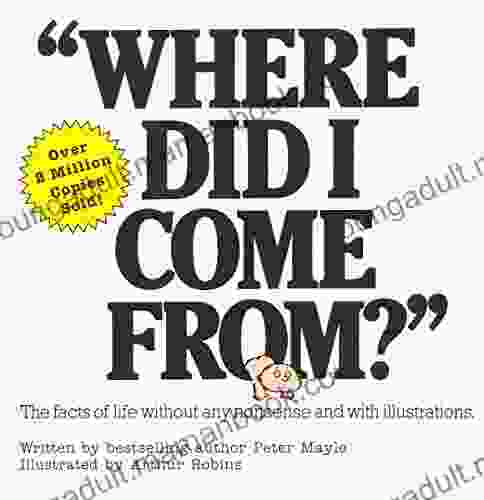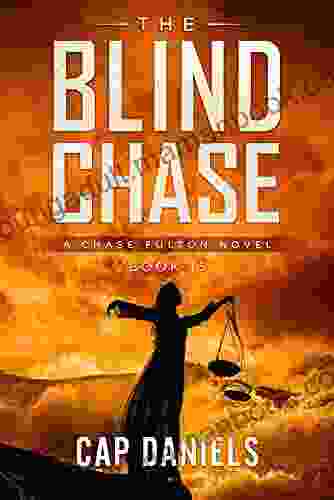Flat Clarinet or Flat Bass Clarinet: An Accent on Achievement

Origins and Evolution
The flat clarinet, also known as the F clarinet, emerged in the mid-18th century as an extension of the traditional B-flat clarinet. Its lower pitch and extended range allowed composers to explore new harmonic possibilities and expanded the expressive capabilities of the clarinet family. The flat bass clarinet, on the other hand, evolved later in the 19th century, providing an even deeper and more resonant sound.
5 out of 5
| Language | : | English |
| File size | : | 20503 KB |
| Screen Reader | : | Supported |
| Print length | : | 24 pages |
Unique Characteristics
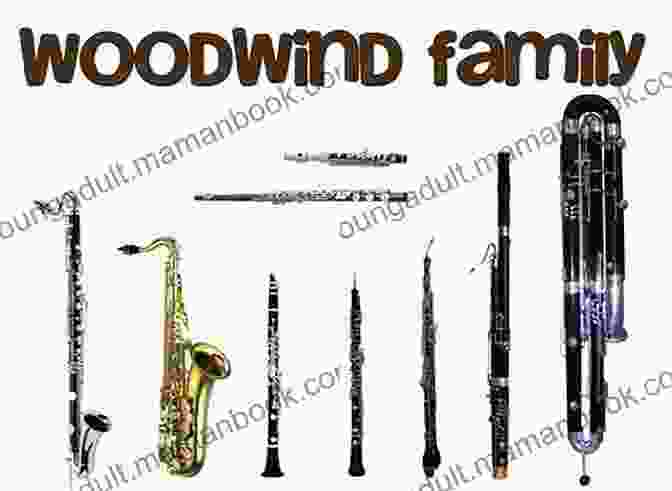
The flat clarinet and flat bass clarinet possess distinctive characteristics that set them apart from their B-flat counterparts. The flat clarinet, pitched a fifth below the B-flat clarinet, has a mellower, warmer tone and a slightly curved shape. Its extended range allows for the execution of intricate passages and embellishments.
The flat bass clarinet, pitched an octave below the B-flat clarinet, is significantly larger and produces a rich, sonorous sound. Its extended range provides a solid foundation for harmonies and adds depth to ensemble performances.
Renowned Performers

Throughout history, numerous exceptional performers have left an enduring legacy on the flat clarinet and flat bass clarinet. Ernest Ansermet, the acclaimed Swiss conductor, was a fervent advocate for the flat clarinet, incorporating it prominently in his performances of classical repertoire.
In the realm of jazz, Benny Goodman, Buddy DeFranco, and Buddy Collette emerged as virtuoso flat clarinetists, captivating audiences with their improvisational brilliance and technical prowess.
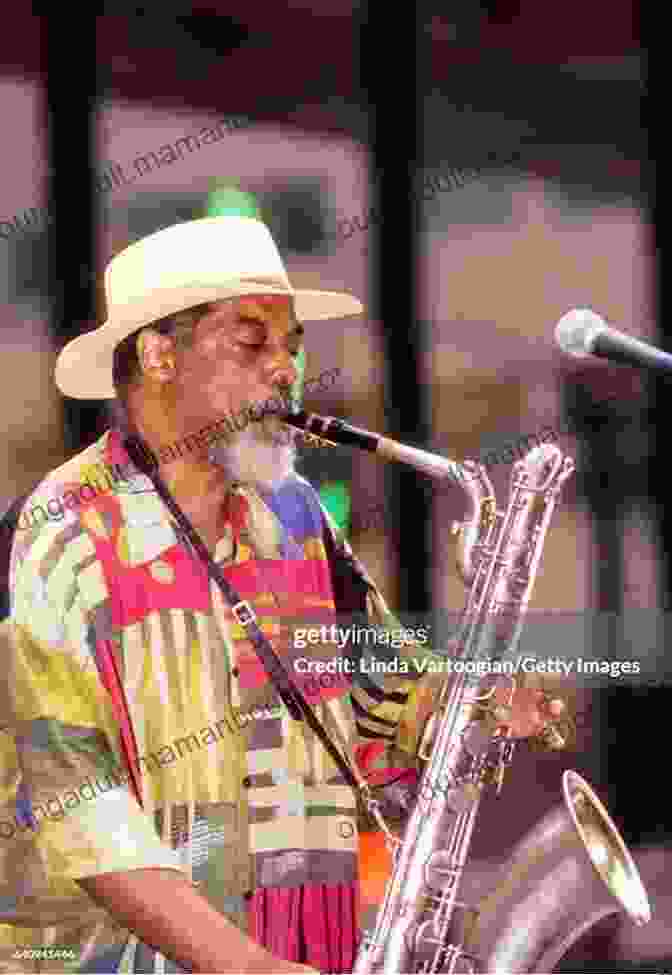
The flat bass clarinet found its champion in Hamiet Bluiett, an American jazz multi-instrumentalist who pushed the boundaries of the instrument with his innovative playing techniques and groundbreaking compositions.
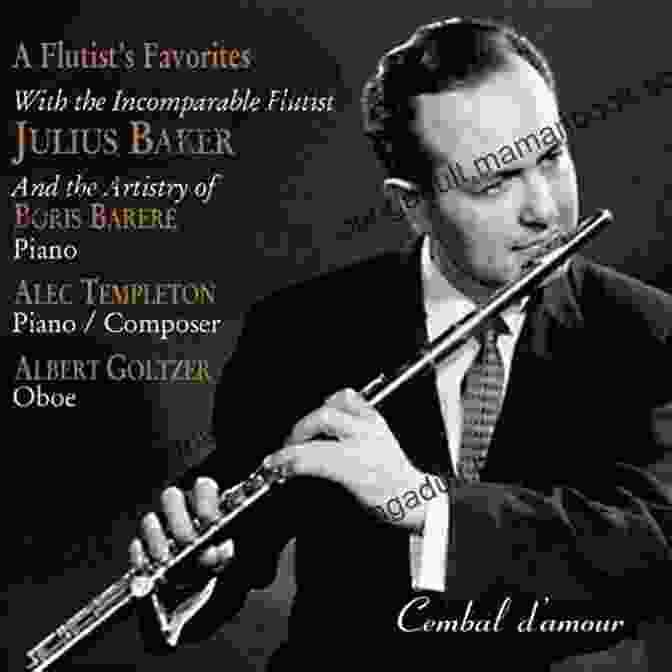
Classical musicians such as Julius Baker, Michel Arrignon, and Eric Dolphy also made significant contributions to the repertoire of the flat clarinet and flat bass clarinet, showcasing their versatility and expressive capabilities.
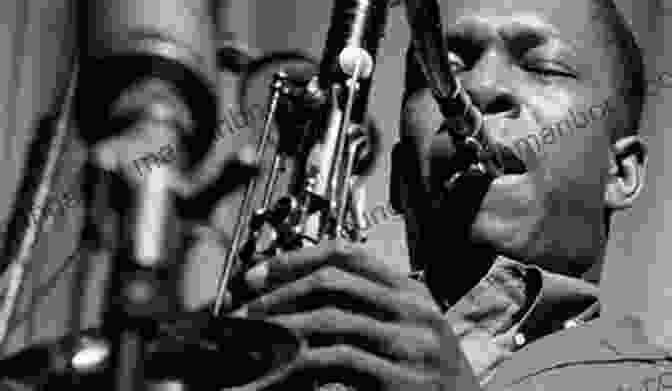
John Carter and Roswell Rudd, two avant-garde jazz musicians, further expanded the possibilities of the flat bass clarinet, using it to create unconventional soundscapes and explore new musical territories.
Musical Applications
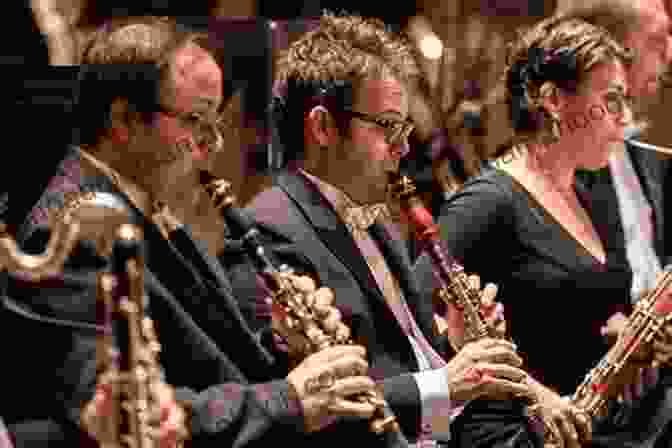
The flat clarinet and flat bass clarinet have found their place in a diverse range of musical genres. In classical music, they add depth and warmth to orchestral and chamber ensembles, often featured in works by Mozart, Beethoven, and Brahms.
In jazz, the flat clarinet has become a staple of traditional and bebop styles, while the flat bass clarinet has found its niche in avant-garde and experimental jazz.

The flat clarinet and flat bass clarinet, with their unique tonal qualities and extended ranges, have made an indelible mark on the world of music. Through the virtuosity of renowned performers and the creativity of composers, these instruments continue to captivate audiences and inspire musical innovation. As we celebrate their enduring legacy, let us appreciate the artistry and achievements of those who have mastered these extraordinary clarinets.
5 out of 5
| Language | : | English |
| File size | : | 20503 KB |
| Screen Reader | : | Supported |
| Print length | : | 24 pages |
Do you want to contribute by writing guest posts on this blog?
Please contact us and send us a resume of previous articles that you have written.
 Top Book
Top Book Novel
Novel Fiction
Fiction Nonfiction
Nonfiction Literature
Literature Paperback
Paperback Hardcover
Hardcover E-book
E-book Audiobook
Audiobook Bestseller
Bestseller Classic
Classic Mystery
Mystery Thriller
Thriller Romance
Romance Fantasy
Fantasy Science Fiction
Science Fiction Biography
Biography Memoir
Memoir Autobiography
Autobiography Poetry
Poetry Drama
Drama Historical Fiction
Historical Fiction Self-help
Self-help Young Adult
Young Adult Childrens Books
Childrens Books Graphic Novel
Graphic Novel Anthology
Anthology Series
Series Encyclopedia
Encyclopedia Reference
Reference Guidebook
Guidebook Textbook
Textbook Workbook
Workbook Journal
Journal Diary
Diary Manuscript
Manuscript Folio
Folio Pulp Fiction
Pulp Fiction Short Stories
Short Stories Fairy Tales
Fairy Tales Fables
Fables Mythology
Mythology Philosophy
Philosophy Religion
Religion Spirituality
Spirituality Essays
Essays Critique
Critique Commentary
Commentary Glossary
Glossary Bibliography
Bibliography Index
Index Table of Contents
Table of Contents Preface
Preface Introduction
Introduction Foreword
Foreword Afterword
Afterword Appendices
Appendices Annotations
Annotations Footnotes
Footnotes Epilogue
Epilogue Prologue
Prologue Melissa Gilbert
Melissa Gilbert Ronnie Bachman
Ronnie Bachman Ashleigh Ascoli
Ashleigh Ascoli J C Ryle
J C Ryle Mark Spitznagel
Mark Spitznagel Marjorie Kelly
Marjorie Kelly Cody Wanner
Cody Wanner K M Ashman
K M Ashman Alphonse Momas
Alphonse Momas Laura Coleman
Laura Coleman Joyce Maynard
Joyce Maynard Lao Tzu
Lao Tzu Kate Mcmillan
Kate Mcmillan Emma Tallon
Emma Tallon Jennifer Cook O Toole
Jennifer Cook O Toole Jillian Lin
Jillian Lin Maggie Hess
Maggie Hess Mercedes Gonzalez
Mercedes Gonzalez Norman Morrow
Norman Morrow James Lauren
James Lauren
Light bulbAdvertise smarter! Our strategic ad space ensures maximum exposure. Reserve your spot today!
 Jeffrey CoxFollow ·19.5k
Jeffrey CoxFollow ·19.5k Howard BlairFollow ·16.5k
Howard BlairFollow ·16.5k Dylan HayesFollow ·15.3k
Dylan HayesFollow ·15.3k Efrain PowellFollow ·5.2k
Efrain PowellFollow ·5.2k Griffin MitchellFollow ·3.2k
Griffin MitchellFollow ·3.2k Dillon HayesFollow ·13.8k
Dillon HayesFollow ·13.8k Melvin BlairFollow ·12.7k
Melvin BlairFollow ·12.7k Jamison CoxFollow ·13.5k
Jamison CoxFollow ·13.5k

 Yukio Mishima
Yukio MishimaUnveiling the Zimmermann Telegram: A Pivotal Document in...
The Zimmermann Telegram, a diplomatic...

 George Martin
George MartinFearful Stories and Vile Pictures to Instruct Good Little...
In the annals of children's literature, few...

 Grant Hayes
Grant HayesJessica the Viscount Wallflower: A Tale of Transformation...
In the opulent ballrooms and glittering...

 Jerome Blair
Jerome BlairThe Economics of the Global Defence Industry: A...
The global...

 Blake Kennedy
Blake KennedyBreath of Heron - A Window into the Poetic Depths of...
In the realm of...
5 out of 5
| Language | : | English |
| File size | : | 20503 KB |
| Screen Reader | : | Supported |
| Print length | : | 24 pages |









